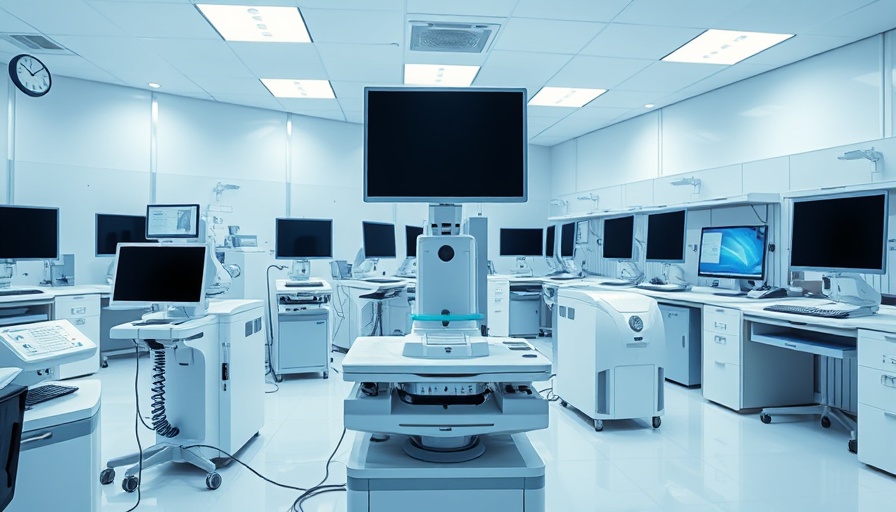
The Evolution of Emergency Care: A Historical Overview
The history of emergency departments (EDs) is intertwined with the advancement of laboratory diagnostics. The journey began over a century ago when Austrian doctor Karl Landsteiner discovered the different blood types—A, B, and O—through his experiments. His work paved the way for a more nuanced understanding of blood compatibility, which is crucial for effective emergency care. This historical context showcases how lab diagnostics evolved in step with medical science, leading to improvements in patient care and outcomes.
Why Rapid Diagnostics Matter for Patients and Providers
In today's fast-paced ED environment, the importance of quick and accurate lab results cannot be overstated. Patients often endure significant anxiety as they await crucial diagnostics that can inform life-or-death treatment decisions. The integration of lab diagnostics within emergency care allows clinicians to make informed decisions swiftly, ultimately improving patient outcomes. However, the traditional process can introduce delays and inefficiencies, prompting innovation in diagnostics.
AI and Automation: Transforming Diagnostics in Emergency Settings
To address the inherent inefficiencies in emergency diagnostic processes, Professor Dr. Ivan Brandslund and his partnership with SAS have harnessed the power of AI, automation, and real-time clinical data. This combination aims to streamline diagnostics, ensuring that the speed of care is not compromised by the accuracy of results. By incorporating automation, the likelihood of human error diminishes significantly, enhancing overall efficiency in emergency departments.
The Role of Real-Time Data in Decision-Making
Real-time data streaming creates a paradigm shift in how clinicians interact with diagnostic information. With timely access to clinical data, medical professionals can make data-driven decisions on the spot. This shift towards immediacy not only improves the clinician's workflow but also leads to quicker interventions, enhancing patient care dramatically.
Practical AI: Delivering Insights at the Point of Care
AI isn't just a buzzword in the healthcare industry; it's actively being integrated into emergency care processes. Practical AI solutions provide low-latency insights that clinicians can use almost immediately during patient examinations. This tool allows for real-time interpretations of lab results that can inform treatment decisions right away, minimizing the need for extended waiting periods and keeping patient care at the forefront.
Looking to the Future: Opportunities for Improved Emergency Care
The future of emergency care diagnostics is bright with the incorporation of AI technology. These advancements promise to create systems where patients can receive immediate results without sacrificing accuracy. As healthcare continues to evolve, emergency departments that adopt these technologies will likely set new standards for patient care.
Overall, the fusion of AI, automation, and real-time data stands to revolutionize emergency care diagnostics, making the process faster, safer, and more efficient. The impact of these innovations is immense, offering the potential to save countless lives, especially in critical situations where every second counts. Understanding these developments empowers both patients and providers to advocate for and benefit from future technological advancements in healthcare.
As AI continues to evolve, it’s crucial for everyone involved in healthcare, from practitioners to patients, to remain informed about these changes. Whether you’re a healthcare provider looking to adopt new technologies or a patient wanting to understand how these advancements can affect your care, staying engaged with ongoing developments in AI technology will provide the knowledge needed to navigate the future of emergency care.
 Add Row
Add Row  Add
Add 




Write A Comment